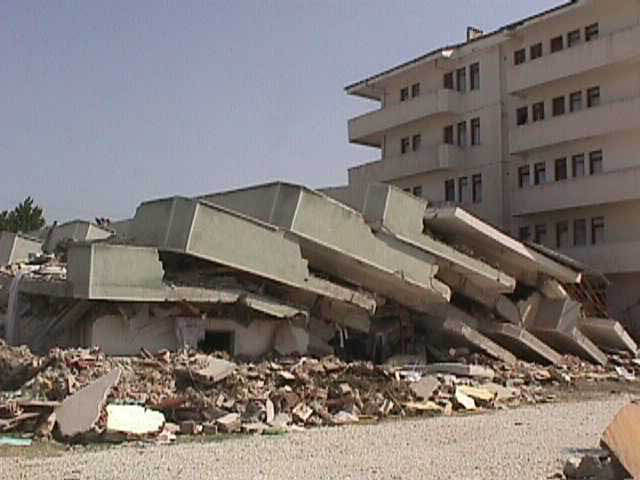We just learned about the Daughters of Charity of Saint Vincent in France.
One of the oldest known Nuns was Scholastica, who was the twin sister of the monk Benedict of Nursia that we learned about before.
She lived the eremitic or "hermit" life, living by herself but in an area where there were other women also living alone so sometimes they could meet up and talk about God.
Sometimes she would meet up with her brother Benedict and they would share the wisdom that each of them had learned.
She is said to be the first woman to set up a Benedictine convent, where other Nuns could meet up for worship.

(from: wikipedia - scholastica)
Kid Facts - Blast from the past: Joseph









